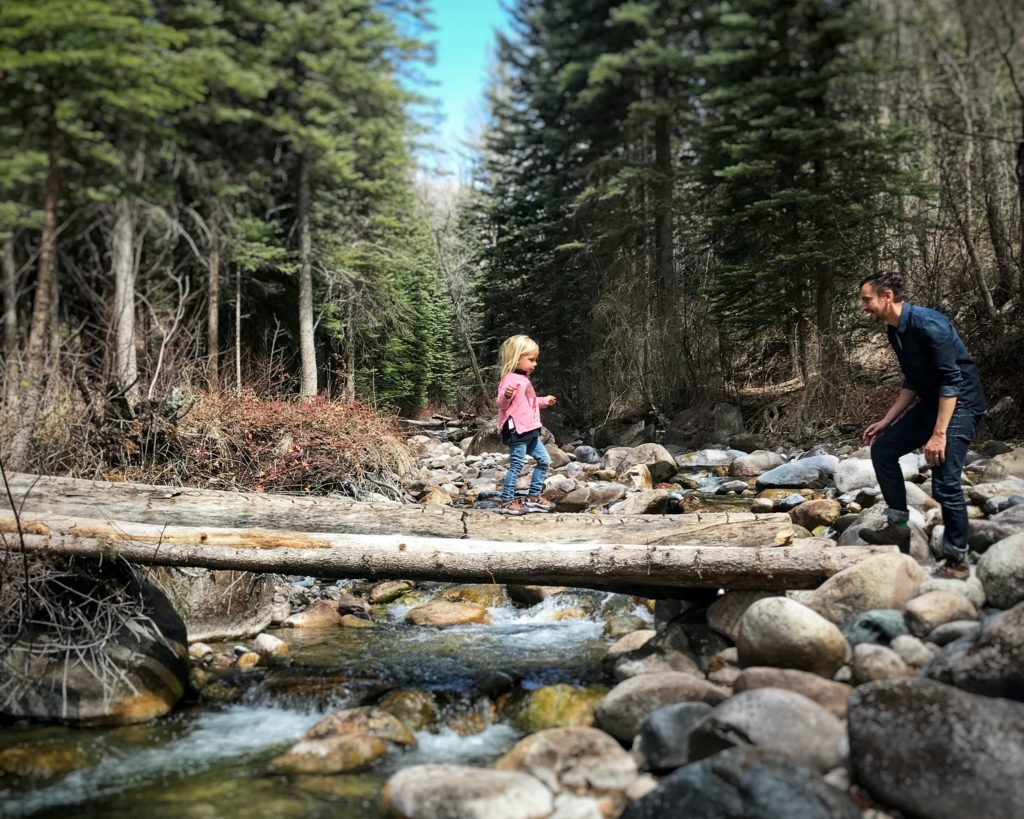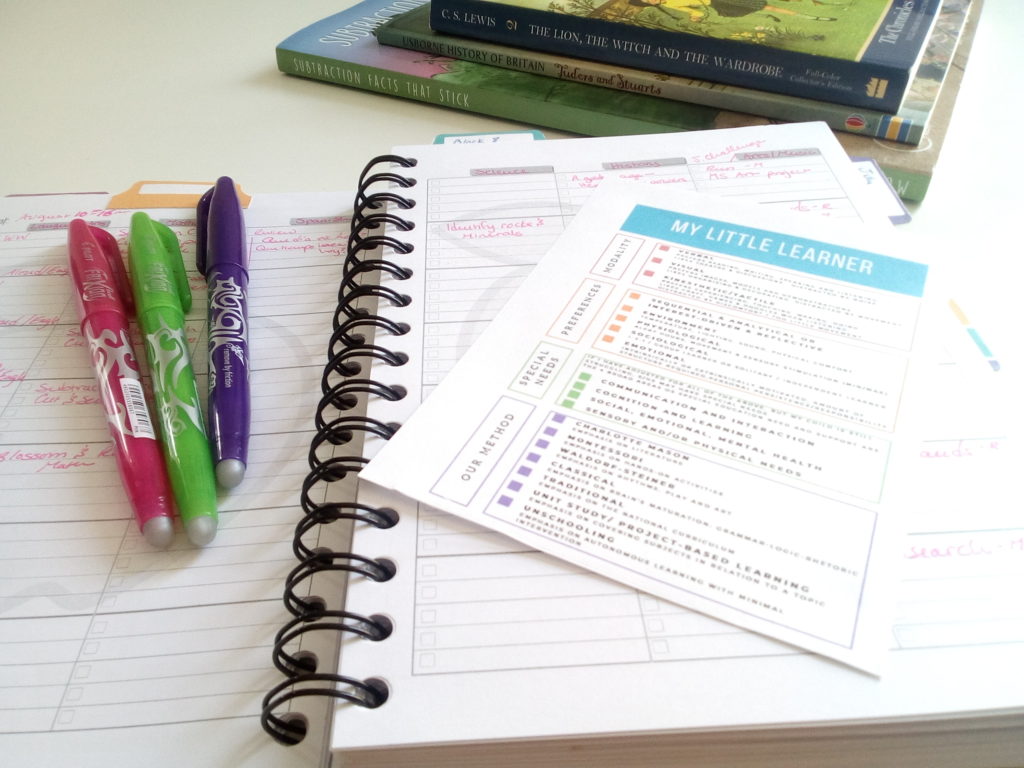Starting to home educate in 2020: How to home educate for free (and why you should)

I fell in love with the Montessori method long before home educating. I put thought and effort into our home environment when our oldest child was still very small. Then came home education (HE) and with it the idea that I needed ‘curriculum’ and ‘resources’ to further support his learning.
-The Montessori binder was THICK.
-The resources were expensive and difficult to get hold of (I spent a LOT of time making things myself).
-It did not work for him (cue the four-year-old looking at me like I had grown a pair of antennae).
I loved the Montessori method, but he clearly did not. Yet the whole point of this crazy HE experiment was to ensure he loved education. I scrapped the Montessori binder in favour of freebies sourced from Pinterest, for a time.
There is plenty we can learn together, and more importantly about each other, when we make use of the resources at our fingertips; when we take time to understand what lights our children’s internal fires before investing in curricula that looks good online. I mean, what doesn’t look good online?!
Take advantage of all the freebies!
Errands
They must get done anyway, so we may as well as stack our responsibilities and turn our errands into life lessons:
- Plan this week’s food shop
- Make a menu for the week
- Look up recipes
- Take stock of the cupboards
- Create a list
- Make a budget
- Plan a day out
- Create a timetable
- Think through and pack essential supplies
- Plan a route with a real paper map
- Make a budget if necessary
- Plan a dream HE timetable:
- If you want to know what’s in your child’s heart, let them go crazy with this one!
Library
Check out books for every subject you would like to cover in your dream home education timetable. Aim for a mix of books that are full of:
- text
- visuals
- experiments
- crafts
- games
- facts
- fiction
How long can your children listen to read-alouds before bouncing off the walls?
Does bouncing off the walls help them concentrate or did they stop listening ten minutes ago?
Do they want to look at the pictures or doodle while they listen?
Can they make sense of the pictures without the text?
Do they draw copies of the pictures?
Do they enjoy the experiments and crafts (another good opportunity to plan and make lists and budget for materials!) or do they hate the mess on their fingers and clothes?
Do they prefer fact or fiction?
Do they act out the reading in their play afterwards?
These observations are priceless in helping to whittle down worthwhile curricula to invest in, but more on that later!

Podcasts
Podcasts come in so many topics, lengths and styles. It’s possible to choose a different subject area every day of the week and try a different podcast in that subject area each week. Undoubtedly, a channel with the right episode length and content style exists for every child.
Bonus: Podcasts for children often have free resources available on their website. If something really takes your child’s interest, it’s worth Googling the channel to see what other activities might be available. Some channels, like Story Pirates, allow children to submit content – a major incentive to do some research or attempt a piece of creative writing!
YouTube
The most useful ways I can think of to use YouTube as a free educational resource are:
- supplementing any topic we have introduced with a book or podcast
- sparking interest in new topics by checking out the new content on favourite channels from time to time
- Mark Rober’s Squirrel Ninja Obstacle Course video provides a great demonstration of physics in action and sparks interest in squirrels and engineering
- following educators’ channels, like English with Holly, and using their episodes like formal lessons to observe how our children takes to the content, structure, length and activities offered
- practicing reception of a second language by watching children’s shows in French or Spanish
Associations/Foundations/Societies
Organisations like Citizen Science often provide free learning resources too, but they also provide an opportunity for our children to DO and be part of something more than absorbing information on a topic. The RSPB has the Big Garden Birdwatch to take part in plus tips on how to make your garden more wildlife-friendly and how to build a hedgehog house. Whether your child’s into engineering or archaeology, organisational websites are likely to have some free educational resources and at-home challenges to suit!
Museums
Normally, I would put these toward the top of the list as they’re amazing and usually free, but COVID times… Activity days at museums give children the opportunity to learn socially as well as touch objects or take part in dramatic re-enactments. They can be real immersive experiences, like Black Country Living Museum. Look both locally and further afield for museums with virtual tours and ‘try this at home’ sections.
Observe and enjoy
Taking time out to observe our children is a real treat. We can note with intention the ways in which they have grown over the past year, needs they have grown into or out of, methods that still or no longer work for them, the new extent to which they can motivate and organise themselves in their studies. If you are new to HE and trying to find a baseline for your child’s learning style, I’ve made a handy printable to help you with your observations. It includes:
- Learning modalities
- Learning preferences
- SEN
- Teaching methods

Budget
Before spending a penny on curricula, there are a couple more things to consider and both involve a budget.
Time
Home education is a constant balancing act – because our children change constantly. Sometimes we find we’ve spent far too much of our time pursuing novel activities or attending playdates and there’s not enough time left to squeeze in all of the library books we’ve checked out. Parents and children have needs outside of academia, like sports and relationships, and time has to be budgeted to best meet all needs. When the juggling act begins to feel overwhelming or underwhelming it’s time to return to the time budget to reflect and adjust accordingly.

Money
It’s no use buying a really ‘great’ curriculum if it’s really involved and you’ve decided evenings to yourself are a priority in your time budget. If the time budget says mama needs a book club night but that curriculum requires an evening of material prep, don’t buy that one no matter how much you think you might love it. Your money has to go where it makes sense for your family, given all of the above, because what “all of the home educators” on the internet think is ‘the best’ does not make it the best or a wise investment for your personal circumstances (trust me, your kiddos would much rather have a sane parent). While another curriculum, that seems pricey but really feels well-suited, will prove itself totally worthy of investment.
It’s not useful for me to put an average figure of what you can expect to spend on HE here. Families of all different means make it work. And every family’s philosophy prioritises different aims. Some will spend more of their budget on a great English curriculum to get their struggling child up to a particular standard. Other families will buy the same curriculum because their child excels at English and they want to encourage the child’s strengths. Each family has to make that call based on needs, priorities, time and means.
The curricula available to home educators can be overwhelming. It’s a fortunate place to be, really. But knowing what we need before wading into the vast pool of options helps us to make better choices for our little learners (and spend more wisely). And it all begins with playing at the edges, for free.